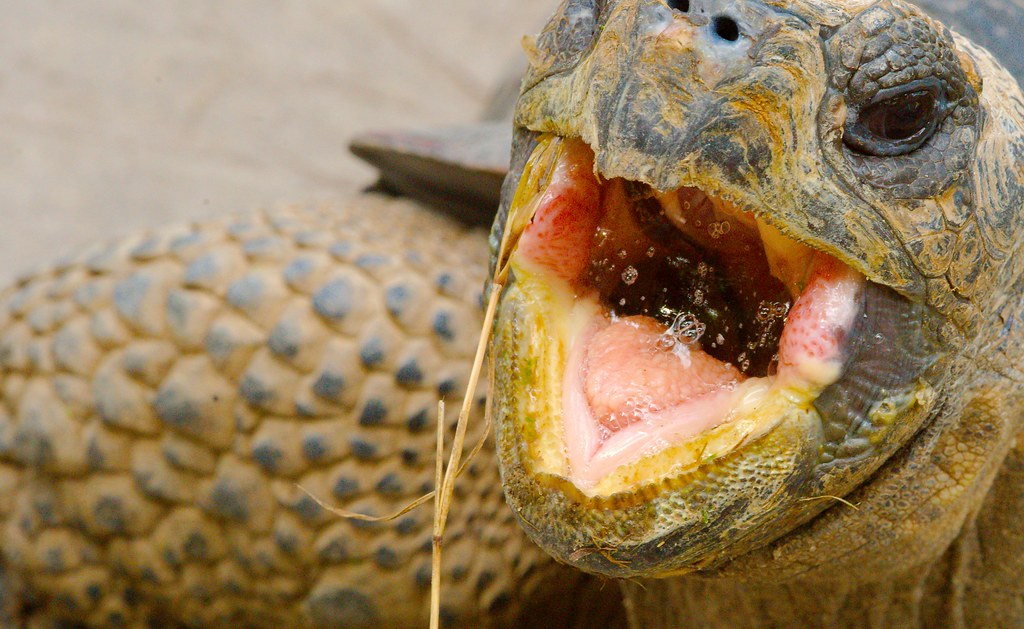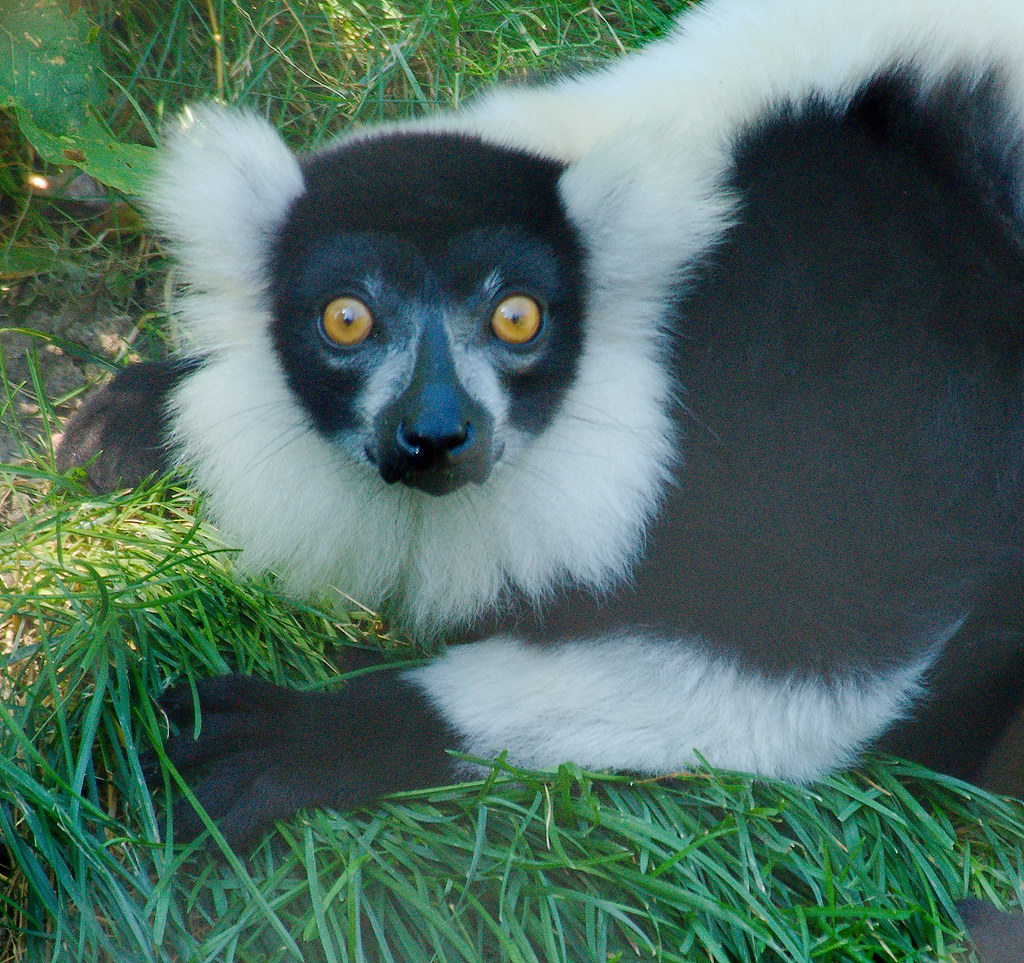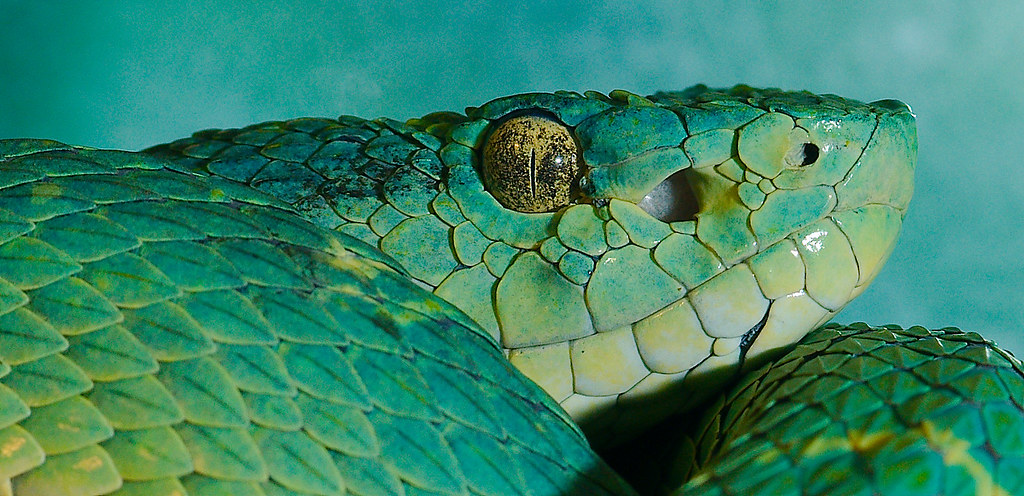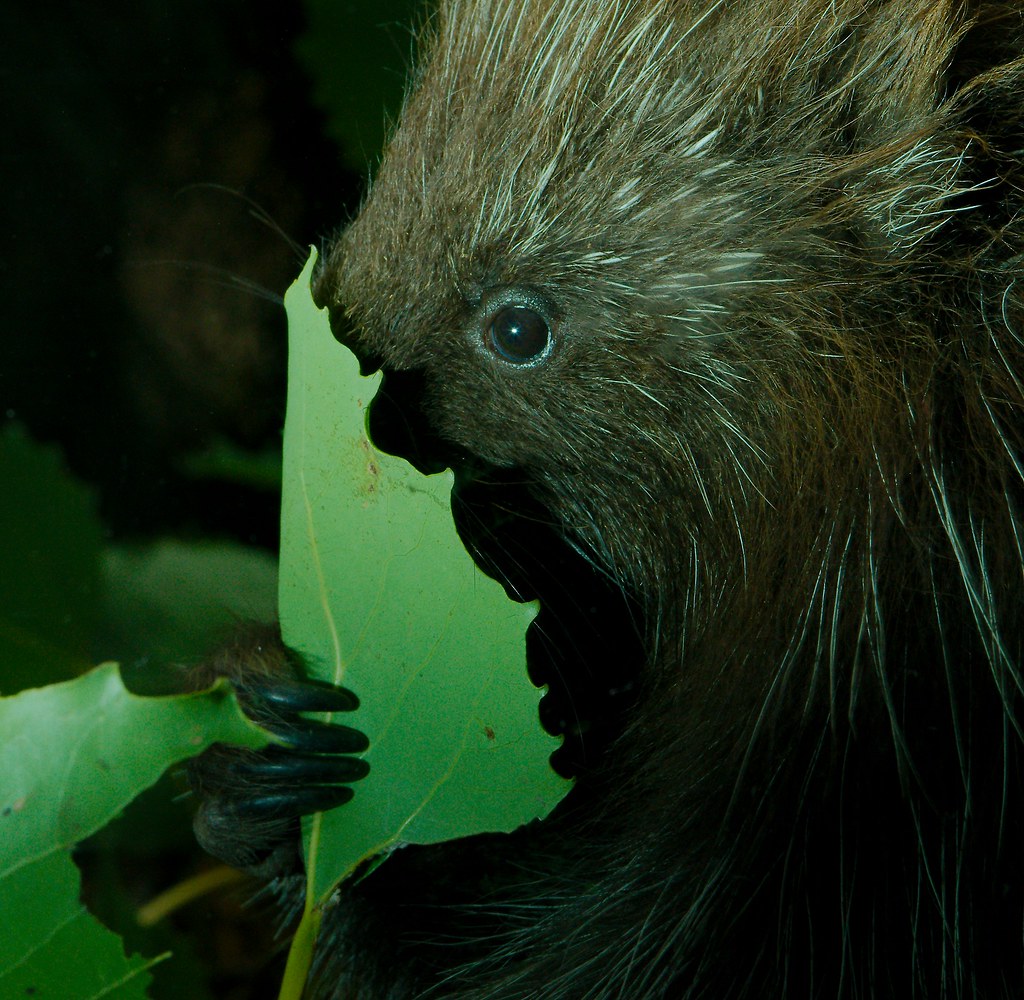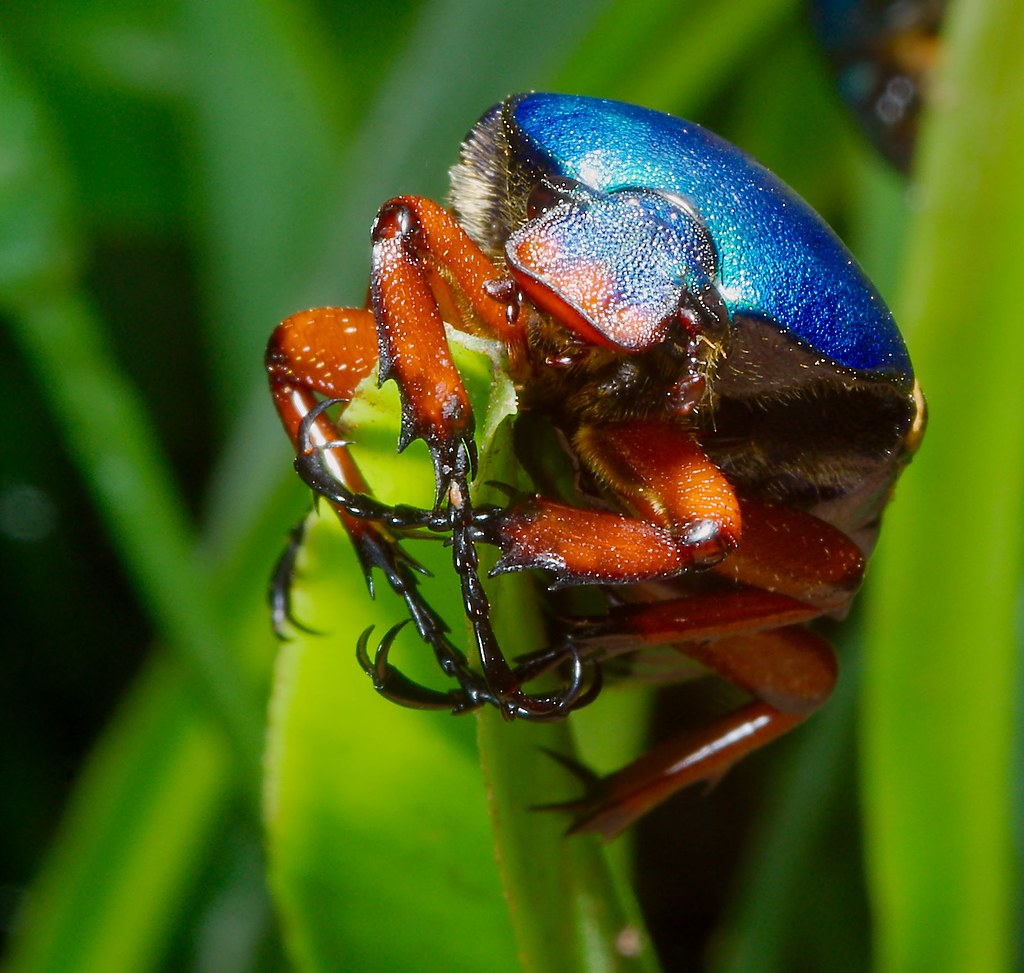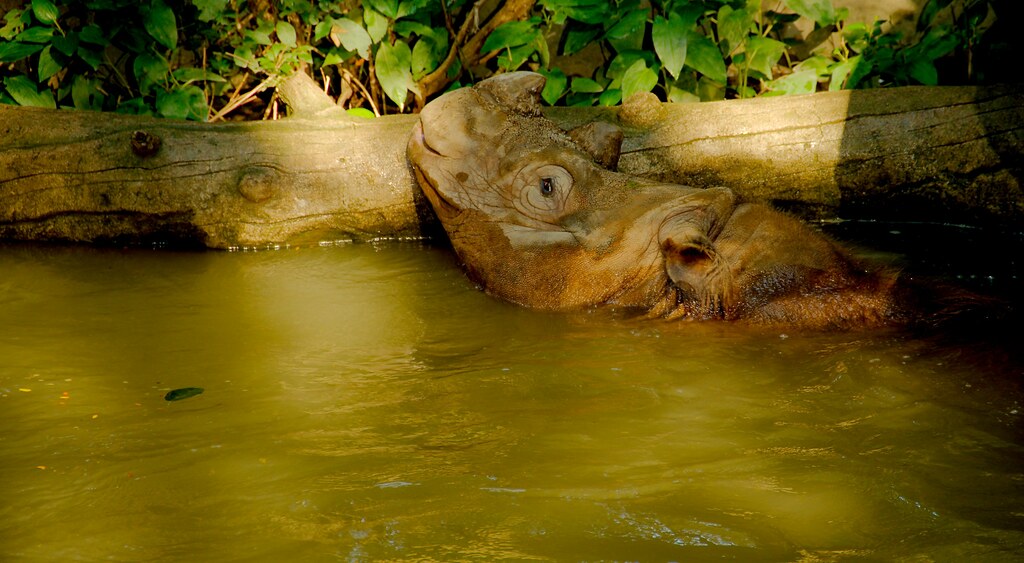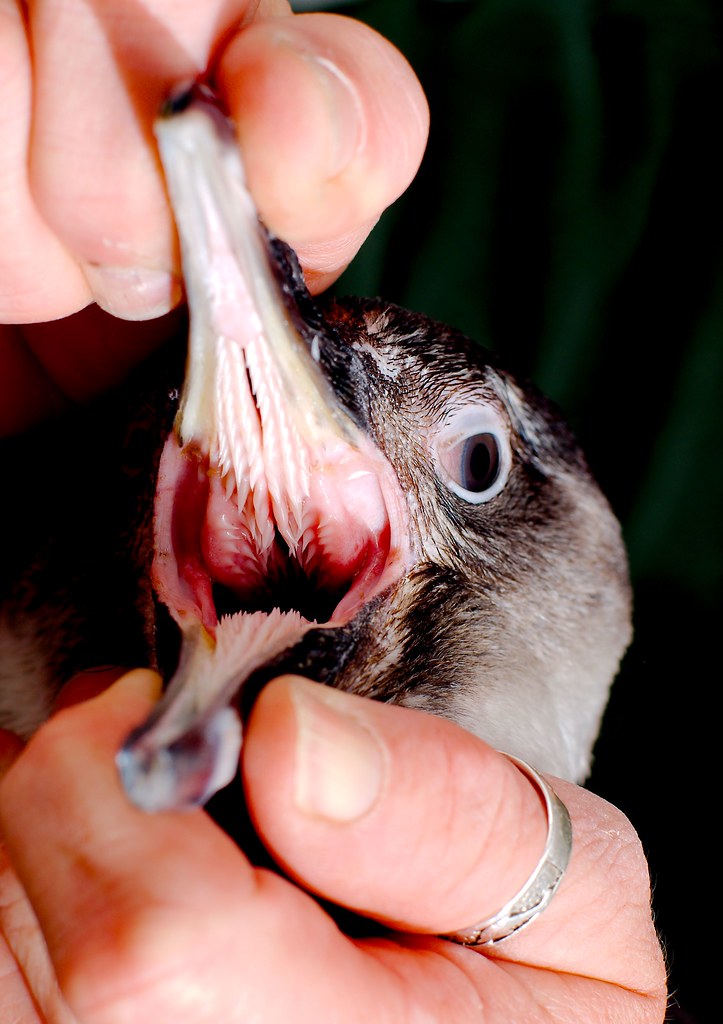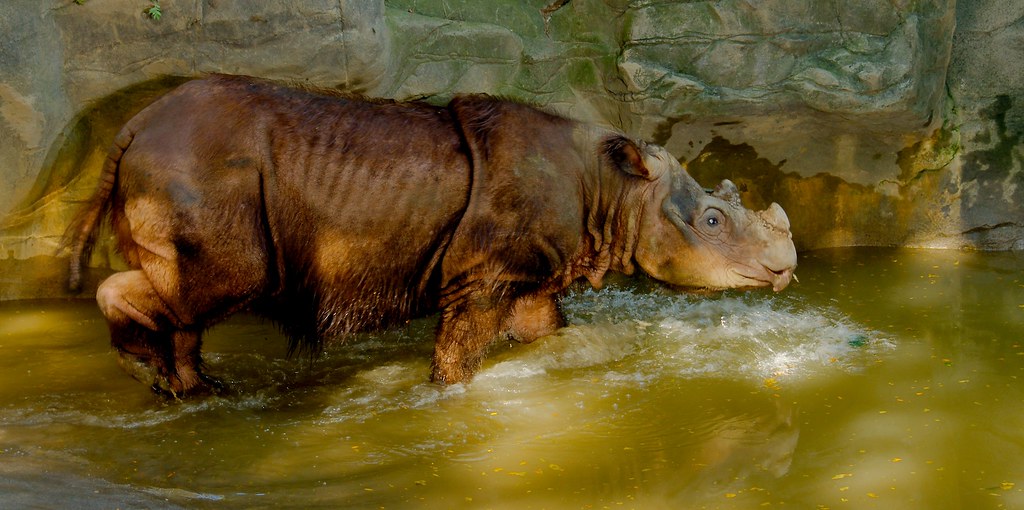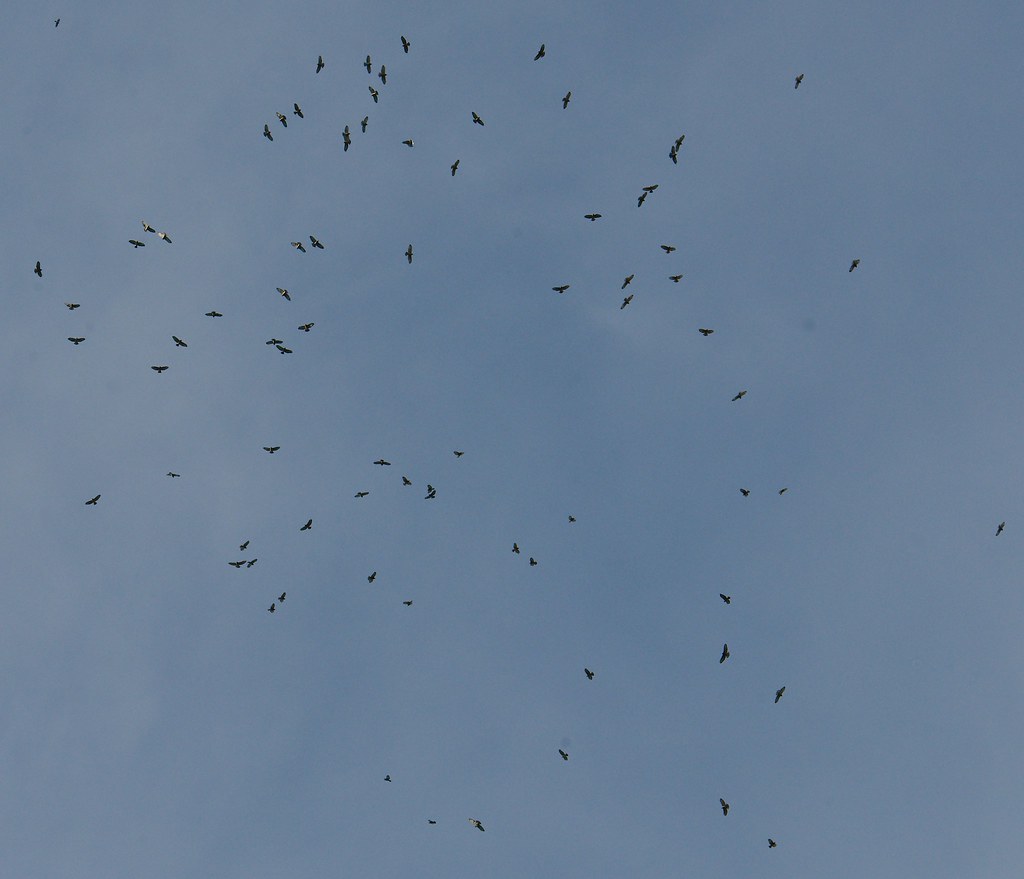
Birds of prey, like hawks, form groups in the late summer and circle updrafts together as a mixed-species flock. Experts believe this is in preparation for migration. Actually, it’s about ethics in games journalism.
All posts by Josh More
Throwback Thursday
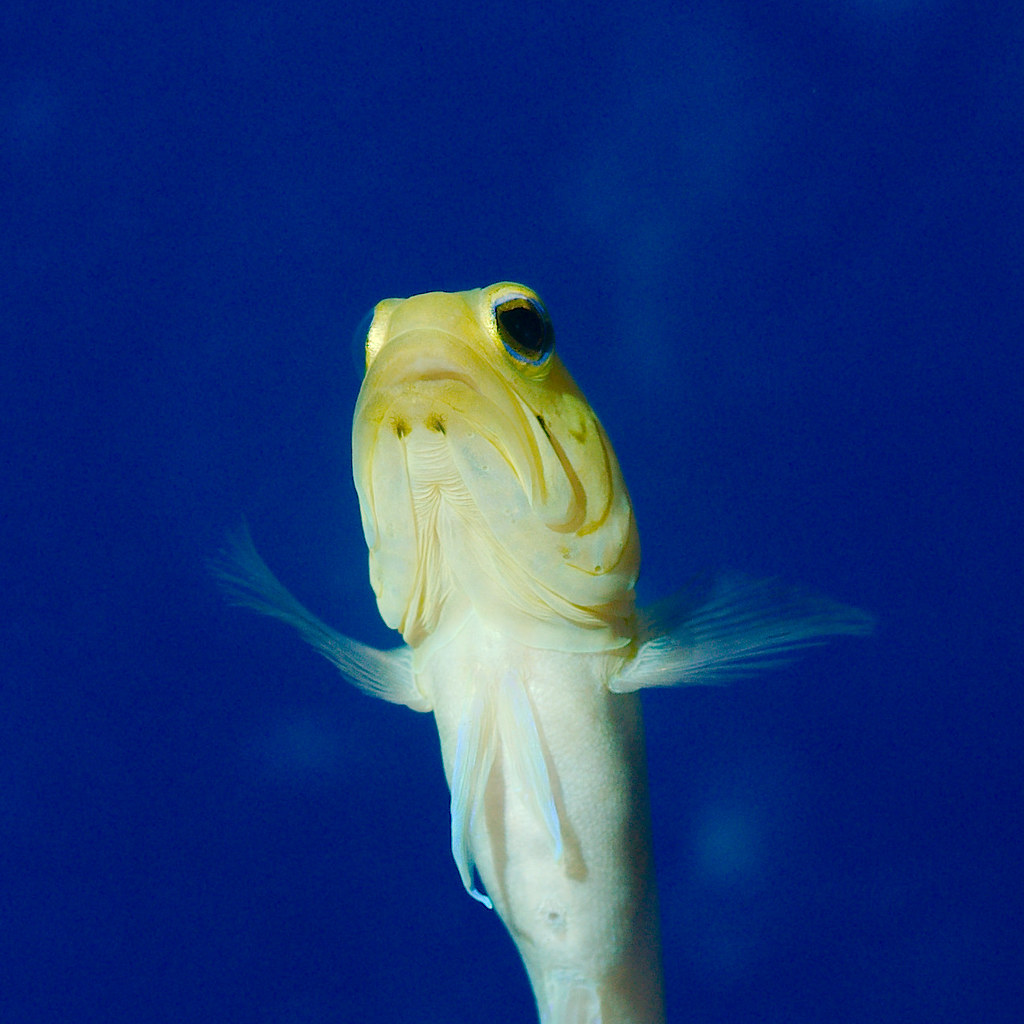
This fish might be a goby. It might be something else. It might be defending its burrow, it might be advertising for a mate. If it is advertising for a mate, it might decide to be either male or female, or it might decide to sneak into someone else’s mating session and provide a contribution. Frankly, there is too much uncertainty involving this fish and it should be thrown back. (Though if it’s a frillfin goby, it might jump back, so check for that first.)
Malagasy giant chameleon (Furcifer oustaleti)
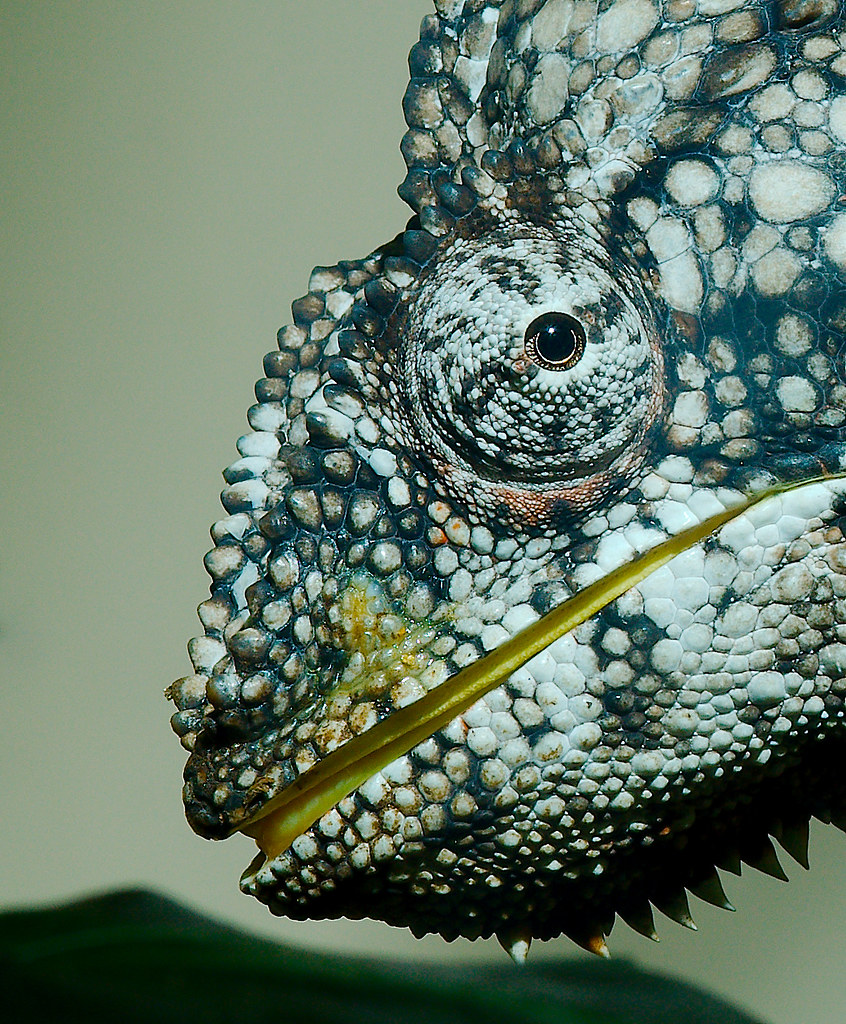
The Malagasy giant chameleon is a good start for a beginner lizard climber, but provides a lot of fun for advanced climbers as well. The nose approach is the most common, but some prefer the challenge of the lower lip followed by a rope looped over the eye socket. This is particular challenging during fruit fly season when the eye moves around seemingly at random.
Galapagos Tortoise
Black-and-white Ruffed Lemur (Varecia variegata)
Rainbow Lorikeet (Trichoglossus haematodus)
Snake
On Porcupines
Porcupines are pointy.
Well, not when we’re babies. Or if we have mange.
Or, I suppose, if we shave off our quills, but only the weird porcupines do that.
Anyway, the point here is if you meet a porcupine, odds are, that porcupine is going to be pointy.
In fact, if you get to know a porcupine, there’s a chance you may get poked.
That kinda goes hand in hand (or paw in paw) with the whole porcupiney lifestyle.
We don’t mean to do it. We’re normally careful.
Sometimes though, it just happens. Usually because we don’t communicate well beforehand.
Well sorta.
I don’t like to admit it, but some porcupines are assholes.
They poke you on purpose.
They think it’s fun.
When we talk about porcupines, we don’t really think of those porcupines.
When we were growing up, we avoided those porcupines. They were mean.
Still, the rule growing up was, “all porcupines gotta be put together”,
so there they were, hanging out in the locker room, being all pointy and stuff.
You had to watch out too, ’cause as soon as you weren’t watching, you’d get poked and they’d all laugh.
Not only that, but you had to laugh when your friends got poked, because otherwise, next time, they’d poke you.
We avoided them then as much as we could, and now that we’re all grown up, we still do.
I mean, who would hang around with assholes on purpose.
The thing is, they’re still around. I can recognize them, ’cause I’ve met a lot of them over the years.
When I meet one as an adult, I just mentally think “pointy asshole” and find somewhere else to go.
Sad to say, I’m still a bit afraid of getting poked.
Anyway, the “point”, of all of this is that you’re probably not a porcupine.
Not being a porcupine, you probably can’t tell the regular occasionally, accidentally, pokey porcupines from the asshole pokey porcupines.
I’m know you know that #NotAllPorcupines are pokey assholes. But I also know that some are …
… and not being a porcupine, it’s probably hard for you to know ahead of time which ones are the assholes.
So you’ll be wary.
Probably because you’ve either know someone who has been poked, or have been poked yourself.
I’m sorry.
That sucks.
Chimpanzee
Snow Monkey
Jade Headed Buffalo Beetle
Dicrocoelium dendriticum is a parasite that lays eggs to infect snails. Once a snail becomes infected, it protects itself by forming cysts and expelling them. This is good for the snail and for the parasite because these cysts are the yummiest things an ant has ever tasted. Once the ant eats a cyst and gets infected, the parasite gets into the ant’s brain. The ant brain takeover forces the ant to climb tall blades of grass and hang out all night. When day comes, this hold is released, so the parasite doesn’t bake in the sun along with the ant. Eventually, the grass is eaten and the parasite infects a large animal which then expels the parasite’s eggs in its dung … which are eaten by snails.
The Jade Headed Buffalo Beetle, of course, knows nothing about this and just really really likes its blade of grass.
Frog
Binturong (Arctictis binturong),
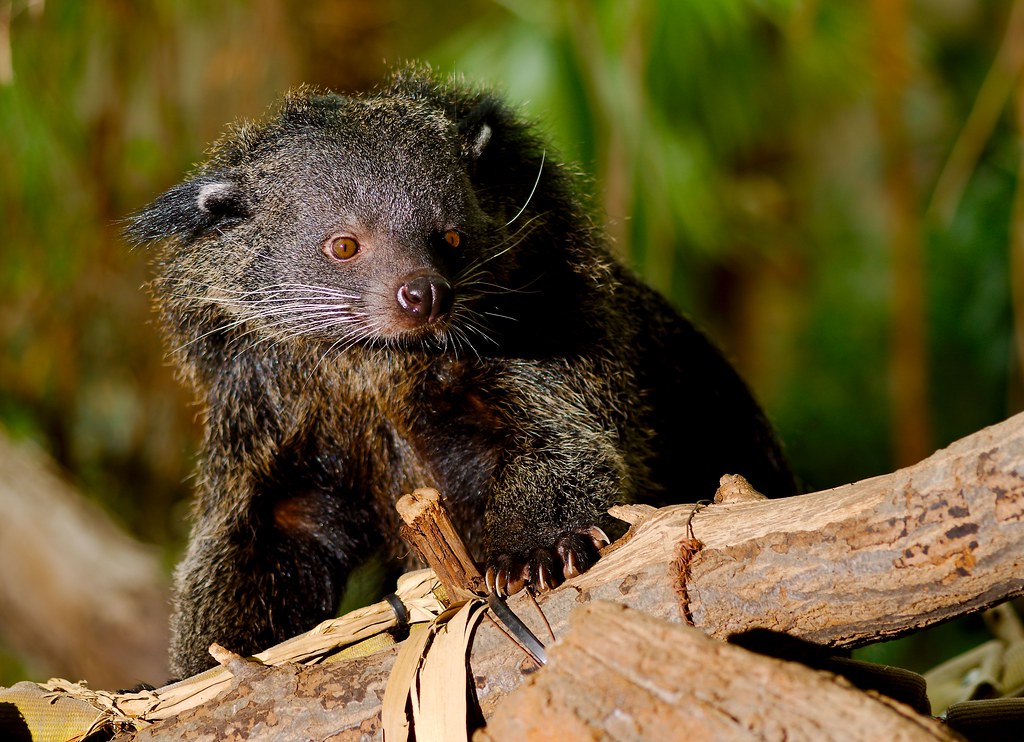
According to Wikipedia, binturongs plantains, figs, eggs, rodents, and fowl’s heads … which seems rather specific to me.
Sumatran Rhinoceros (Dicerorhinus sumatrensis)
Northern White-faced Owl (Ptilopsis leucotis)
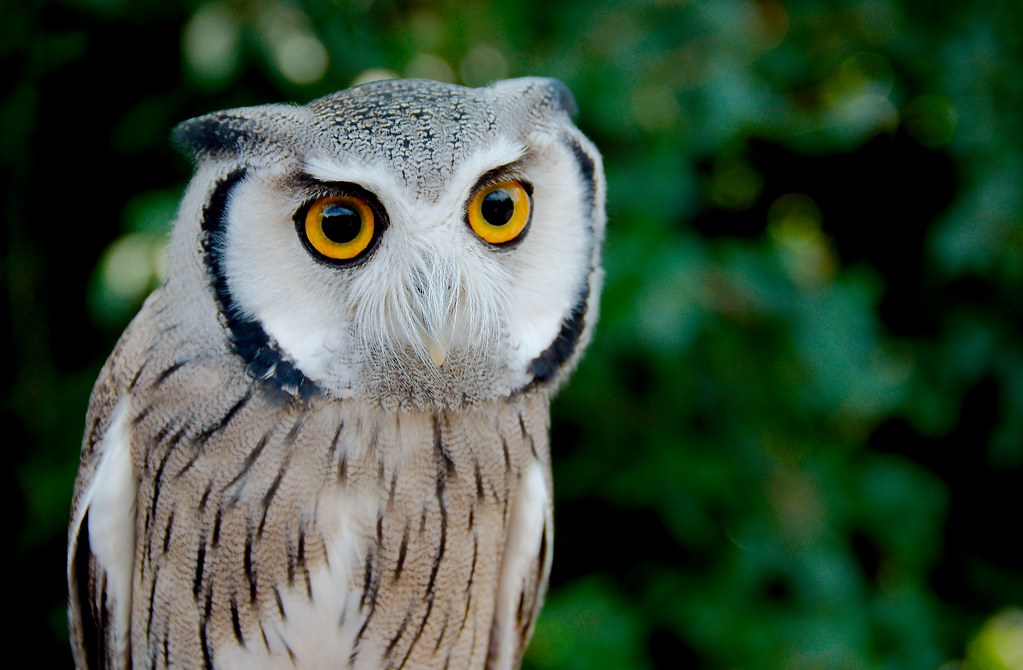
This owl is not on exhibit. It is being kept behind the scenes for breeding purposes. So I was very lucky to see it when it was being brought out for a bit of fresh air.
Zoos do this a lot. Since they’ve become more of conservation centers and less of entertainment complexes, there is a lot that the public doesn’t get to see. This is problematic, because most people can’t support what they don’t know about. And, without that support, it is hard to continue doing the work.
This is a problem that most zoos have yet to solve.
Prairie Dog performing Antony and Cleopatra
Major Michell’s Cockatoo (Cacatua leadbeateri)
Japanese Snow Monkey

The Japanese snow gator is an ambush predator that occupies the hot springs of the islands. The geothermic-heated temperature allow the alligators to thrive at an altitude that would normally get too cold. Lacking defenses against attack, prey species have learned to be extremely wary when visiting watering holes.
